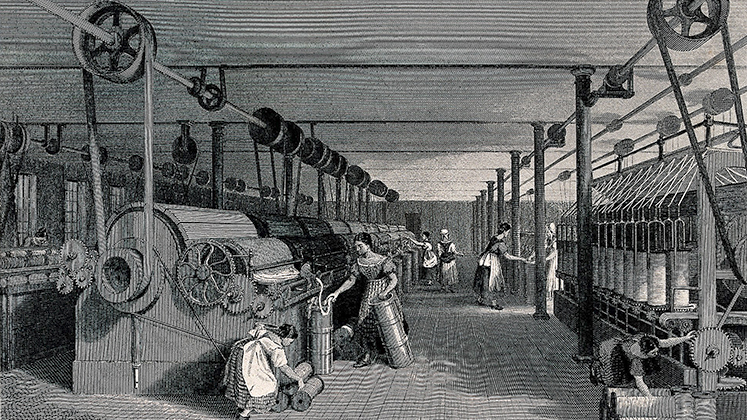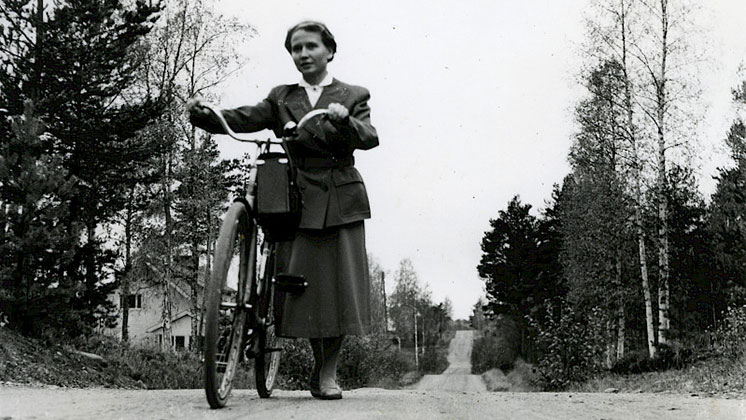In this article recently published in the Economic History Review, the department’s Professor Ian Gazeley and co-authors investigate household income/expenditure inequality using survey data for the United Kingdom from 1937 to 1961. They seek to uncover what happened to the distribution of incomes for incomes below the top 10 per cent, which has received much less attention in earlier studies of 20th century British inequality.

Previous studies employed tax unit or wage rate data. The consensus of these studies is that the three decades up to 1979 form a period of historically low levels of income inequality in the United Kingdom. Gazeley and co-authors’ analysis of their survey data suggests a modest increase of inequality through the 1950s in the distribution of equivalized household expenditure or income.
Three trends might explain this increase in inequality: growth in the shares of non-working households, increases in the share of multiple-worker households, and growth in the proportion of non-manual jobs.
The finding that the changing demography of the household underlies the path of household inequality over the period is novel. A greater degree of inequality existed between groups of retired households than between larger/non-retired households. The rise in the preponderance of small, retired households did little to raise inequality in equivalized income, because it raised the covariance between income and household size. This substantially offset the impact on inequality of the rise in the variance of household income that they also impart.
Two labour market trends likely contribute to offsetting the impact of steady postwar wage rate differentials on inequality. First, by 1961, there is a clear increase in household labour participation rates, leading to a greater proportion of households having multiple workers. This increase is likely to have been part of reason for the increase in household income inequality uncovered here. Secondly, employment in non-manual work increased over the 1950s, and earnings among non-manual workers tend to show much greater variance.




